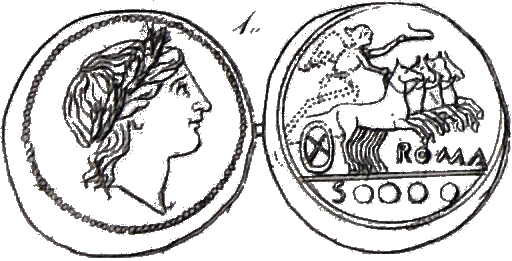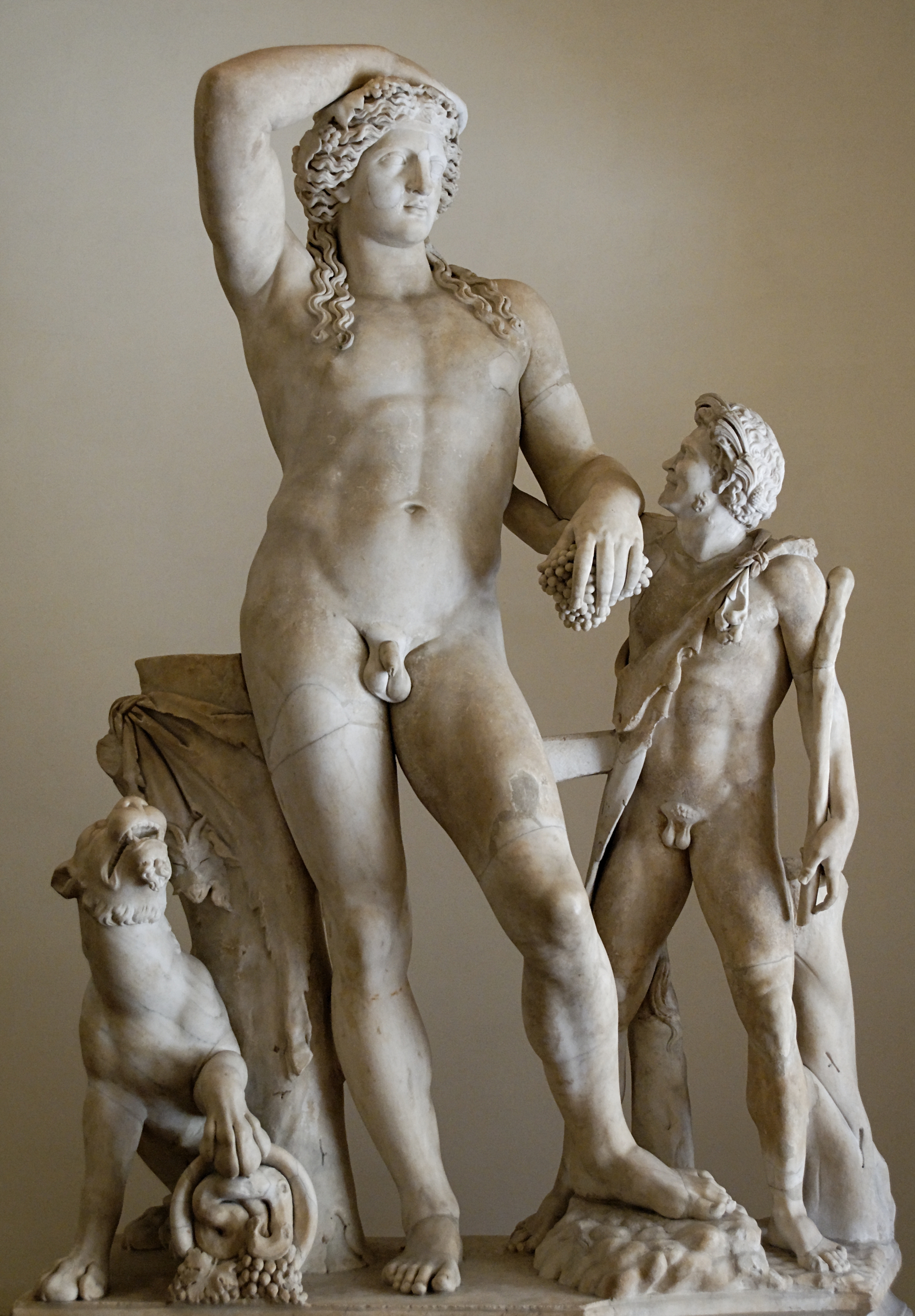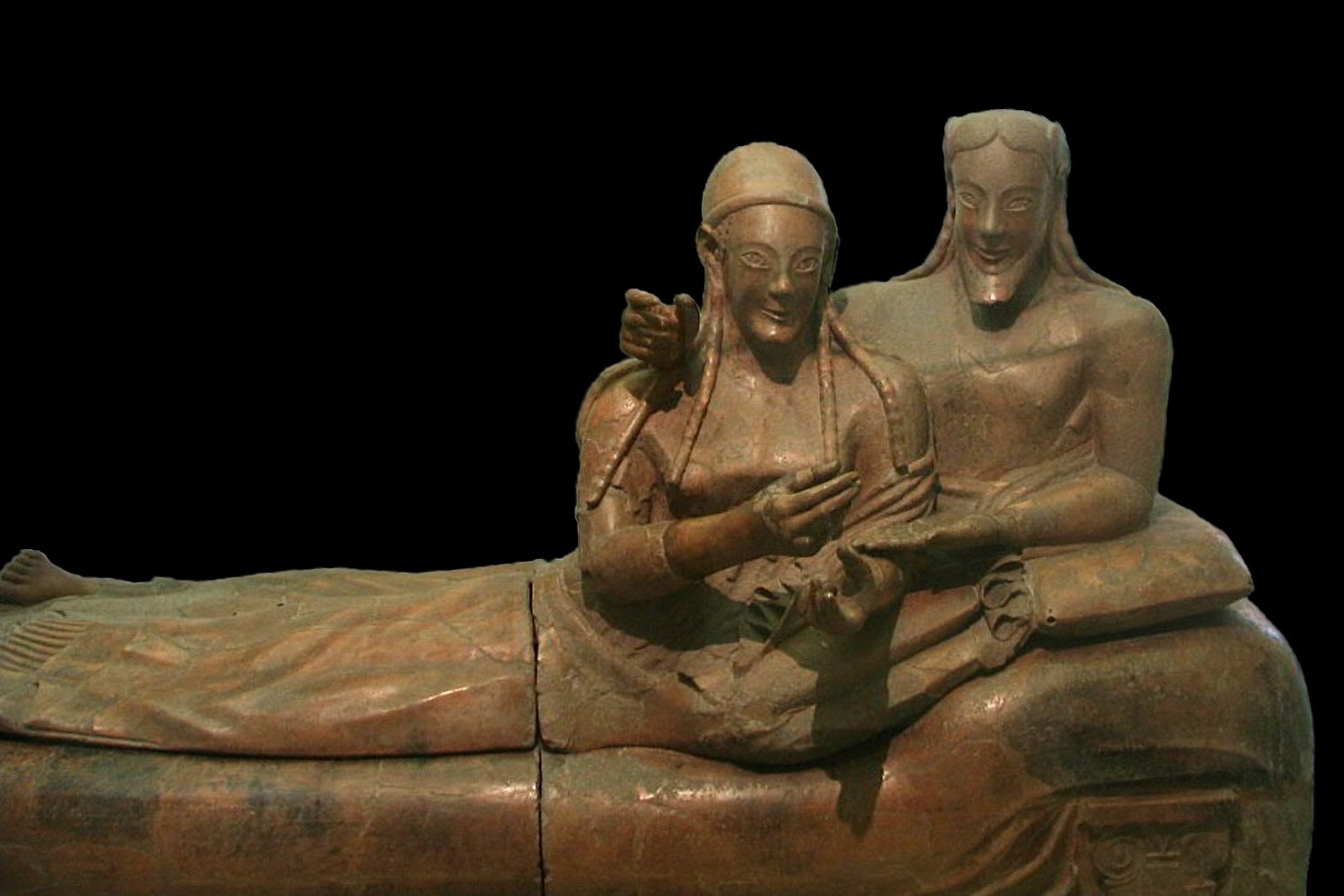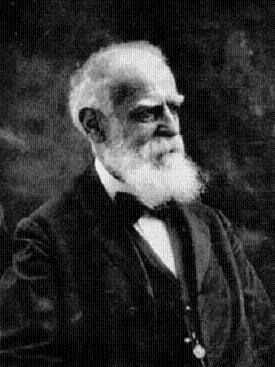|
Kircherian Museum
The Kircherian Museum was a public collection of antiquities and artifacts, a cabinet of curiosities, founded in 1651 by the Jesuit father Athanasius Kircher in the Roman College. Considered the first museum in the world, its collections were gradually dispersed over the centuries under different curatorships. After the Unification of Italy, the museum was dissolved in 1916 and its collection was granted to various other Roman and regional museums. History In 1651, Italian aristocrat and antiquarian Alfonso Donnini donated his " cabinet of curiosities" to the members of the Roman College. The collection contained "various curious and precious things so that they can take care of it and their studies may benefit from it." Father Athanasius Kircher (1602–1680), professor of mathematics, physics, and oriental languages, took care of the collection and transformed it into a museum of antiquity, technology, art, science, and archeology. Famous and admired by the most enlightened min ... [...More Info...] [...Related Items...] OR: [Wikipedia] [Google] [Baidu] |
Archaeology Museum
An archaeology museum is a museum that specializes in the display of archaeological Types Many archaeology museum are in the open air, such as the Ancient Agora of Athens and the Roman Forum. Others display artifacts inside buildings, such as National Museum of Beirut and Cairo's Museum of Egyptian Antiquities. Still others, display artifacts both outside and inside, such as the Tibes Indigenous Ceremonial Center. Some archaeology museums, such as the Western Australian Museum, may also exhibit maritime archaeological materials. These appear in its Shipwreck Galleries, a wing of the Maritime Museum.MONEY MEIEWIHEPOWEBFJAPVGPQUGFVUIUQEROI See also * Open-air museum * International Council of Museums * International Museum Day (18 May) * List of museums * .museum * Museum education * Museum fatigue * Museum label * Types of museums Type may refer to: Science and technology Computing * Typing, producing text via a keyboard, typewriter, etc. * Data type, collection of values ... [...More Info...] [...Related Items...] OR: [Wikipedia] [Google] [Baidu] |
Leo XII
Leo or Léo may refer to: Acronyms * Law enforcement officer * Law enforcement organisation * '' Louisville Eccentric Observer'', a free weekly newspaper in Louisville, Kentucky * Michigan Department of Labor and Economic Opportunity Arts and entertainment Music * Leo (band), a Missouri-based rock band that was founded in Cleveland, Ohio * L.E.O. (band), a band by musician Bleu and collaborators Film * ''Leo'' (2000 film), a Spanish film by José Luis Borau * ''Leo'' (2002 film), a British-American drama film * ''Leo'', a 2007 Swedish film by Josef Fares * ''Leo'' (2012 film), a Kenyan film * Leo the Lion (MGM), mascot of the Metro-Goldwyn-Mayer movie studio Television * Leo Awards, a British Columbian television award * "Leo", an episode of ''Being Erica'' * Léo, fictional lion in the animation '' Animal Crackers'' * ''Léo'', 2018 Quebec television series created by Fabien Cloutier Companies * Leo Namibia, former name for the TN Mobile phone network in Namibi ... [...More Info...] [...Related Items...] OR: [Wikipedia] [Google] [Baidu] |
Ministero Della Cultura
The Ministry of Culture ( it, Ministero della Cultura - MiC) is the ministry of the Government of Italy in charge of national museums and the ''monuments historiques''. MiC's headquarters are located in the historic Collegio Romano Palace (via del Collegio Romano 27, in central Rome) and the current Minister of Culture is Gennaro Sangiuliano. History It was set up in 1974 as the Ministry for Cultural Assets and Environments ( it, Ministero per i Beni Culturali ed Ambientali) by the Moro IV Cabinet through the decree read on 14 December 1974, n. 657, converted (with changes) from the law of 29 January 1975, n° 5. The new ministry (defined as — that is ''for'' cultural assets, showing the wish to create a mainly technical organ) largely has the remit and functions previously under the Ministry of Public Education (specifically its Antiquity and Fine Arts, and Academies and Libraries, sections). To this remit and functions it some of those of the Ministry of the Interio ... [...More Info...] [...Related Items...] OR: [Wikipedia] [Google] [Baidu] |
Palazzo Venezia
The Palazzo Venezia or Palazzo Barbo (), formerly Palace of St. Mark, is a palazzo (palace) in central Rome, Italy, just north of the Capitoline Hill. The original structure of this great architectural complex consisted of a modest medieval house intended as the residence of the cardinals appointed to the church of San Marco. In 1469 it became a residential papal palace, having undergone a massive extension, and in 1564, Pope Pius IV, to win the sympathies of the Republic of Venice, gave the mansion to the Venetian embassy to Rome on the terms that part of the building would be kept as a residence for the cardinals, the Apartment Cibo, and that the republic would provide for the building's maintenance and future restoration. The palace faces Piazza Venezia and Via del Plebiscito. It currently houses the National Museum of the Palazzo Venezia. History It took on a new layout in 1451, when owned by Cardinal Pietro Barbo, nephew of Pope Eugenius IV and the future Pope Paul II. ... [...More Info...] [...Related Items...] OR: [Wikipedia] [Google] [Baidu] |
Museo Nazionale Del Palazzo Di Venezia
The Museo Nazionale del Palazzo di Venezia is a state museum in Rome (Italy), housed in the palace of the same name together with the important Library of Archaeology and Art History. Collections The Museum preserves paintings by artists such as Fra Angelico, Giorgione (''Double portrait'', about 1502), Giotto, Benozzo Gozzoli, Guercino, Carlo Maratta, Pisanello (''Head of a woman''), Guido Reni, Giorgio Vasari, Alessandro Algardi, Gian Lorenzo Bernini, as well as pastels, sculptures, bronzes, majolica, terracotta, western and oriental porcelain, medals, seals, furniture, weapons, ivories, silver, glass, enamels, fabrics and tapestries. It also preserves approximately 3,000 works from the Wurts Collection, which was formed by George Washington Wurts and Henrietta Tower and bequeathed to the Italian state on her death in 1933. The external loggia (Garden of Paul II) houses a lapidarium. The museum also hosts temporary exhibitions. Image gallery File:Giovanni di Francia, ori ... [...More Info...] [...Related Items...] OR: [Wikipedia] [Google] [Baidu] |
Castel Sant'Angelo
The Mausoleum of Hadrian, usually known as Castel Sant'Angelo (; English: ''Castle of the Holy Angel''), is a towering cylindrical building in Parco Adriano, Rome, Italy. It was initially commissioned by the Roman Emperor Hadrian as a mausoleum for himself and his family. The building was later used by the popes as a fortress and castle, and is now a museum. The structure was once the tallest building in Rome. Hadrian's tomb The tomb of the Roman emperor Hadrian, also called Hadrian's mole, was erected on the right bank of the Tiber, between AD 134 and 139. Originally the mausoleum was a decorated cylinder, with a garden top and golden quadriga. Hadrian's ashes were placed here a year after his death in Baiae in 138, together with those of his wife Sabina, and his first adopted son, Lucius Aelius, who died in 138. Following this, the remains of succeeding emperors were also placed here, the last recorded deposition being Caracalla in 217. The urns containing these ashes wer ... [...More Info...] [...Related Items...] OR: [Wikipedia] [Google] [Baidu] |
National Roman Museum
The National Roman Museum (Italian: ''Museo Nazionale Romano'') is a museum, with several branches in separate buildings throughout the city of Rome, Italy. It shows exhibits from the pre- and early history of Rome, with a focus on archaeological findings from the period of Ancient Rome. History Founded in 1889 and inaugurated in 1890, the museum's first aim was to collect and exhibit archaeologic materials unearthed during the excavations after the union of Rome with the Kingdom of Italy. The initial core of its collection originated from the Kircherian Museum, archaeologic works assembled by the antiquarian and Jesuit priest, Athanasius Kircher, which previously had been housed within the Jesuit complex of Sant'Ignazio. The collection was appropriated by the state in 1874, after the suppression of the Society of Jesus. Renamed initially as the Royal Museum, the collection was intended to be moved to a ''Museo Tiberino'' (Tiberine Museum), which was never completed. In 1901 ... [...More Info...] [...Related Items...] OR: [Wikipedia] [Google] [Baidu] |
National Etruscan Museum
The National Etruscan Museum ( it, Museo Nazionale Etrusco) is a museum of the Etruscan civilization, housed in the Villa Giulia in Rome, Italy. History The villa was built for Pope Julius III, for whom it was named. It remained in papal property until 1870, when, in the wake of the Risorgimento and the demise of the Papal States, it became the property of the Kingdom of Italy. The museum was founded in 1889 as part of the same nationalistic movement, with the aim of collecting together all the pre-Roman antiquities of Latium, southern Etruria and Umbria belonging to the Etruscan and Faliscan civilizations, and has been housed in the villa since the beginning of the 20th century. Collections The museum's most famous single treasure is the terracotta funerary monument, the almost life-size ''Bride and Groom'' (the so-called ''Sarcofago degli Sposi'', or ''Sarcophagus of the Spouses''), reclining as if they were at a dinner party. Other objects held are: * The Etruscan-Phoenici ... [...More Info...] [...Related Items...] OR: [Wikipedia] [Google] [Baidu] |
Pigorini National Museum Of Prehistory And Ethnography
The "Luigi Pigorini" National Museum of Prehistory and Ethnography is a public and research museum located in Rome, Italy. Established in 1875 and opened in 1876 by Luigi Pigorini, from 2016 it is one of the four museums inside the Museum of Civilizations' network, and is currently directed by Andrea Viliani. Holdings One important collection of the Pigorini houses is Neolithic artifacts from Lake Bracciano. Another is the early ethnographic collection of Athanasius Kircher. The museum also conserves the Praeneste fibula , native_name_lang = la , image = Praeneste fibula.JPG , image_size = , alt = , image2 = , image2_size = , alt2 = , image_caption = , material = Gold , s ..., the oldest known inscription in the Latin language. References Further reading *Brizzi, Bruno d.1976 ''The Pigorini Museum'' Rome, Quasar. 424 page catalogue with hundreds of plates in colour and black a ... [...More Info...] [...Related Items...] OR: [Wikipedia] [Google] [Baidu] |
Luigi Pigorini
Luigi Pigorini (10 January 1842 – 1 April 1925) was an Italian palaeoethnologist, archaeologist and ethnographer. Biography Pigorini was born at Fontanellato, near Parma. At the age of sixteen years, in 1858, he became an alumnus of the Museo d'Antichità di Parma (Museum of Antiquities of Parma, noParma Archaeological Museum. He later encountered Pellegrino Strobel, the professor of Natural Sciences at the University of Parma and Gaetano Chierici, director of the Gabinetto di Antichità Patrie di Reggio Emilia or Cabinet of Antiquities of the native land of Reggio Emilia (now Musei Civici di Reggio Emili and began archaeological research in the territory of Parmesan. In 1863, he began to travel in Switzerland and Tuscany, and also studied in Rome and Naples. He ran a course in Parma where he resorted to various materials in order to explain the uses and the functions of prehistoric tools. A few years later after becoming a Bachelor of Arts in Political and Administ ... [...More Info...] [...Related Items...] OR: [Wikipedia] [Google] [Baidu] |
Biblioteca Nazionale Centrale Di Roma
The Biblioteca Nazionale Centrale di Roma (''Rome National Central Library''), in Rome, is one of two central national libraries of Italy, along with '' Biblioteca Nazionale Centrale di Firenze'' in Florence. In total, 9 national libraries exist, out of 46 state libraries. The library's mission is to collect and preserve all the publications in Italy and the most important foreign works, especially those related to Italy, and make them available to anyone. The collection currently includes more than 7,000,000 printed volumes, 2,000 incunabula, 25,000 ''cinquecentine'' (16th century books), 8,000 manuscripts, 10,000 drawings, 20,000 maps, and 1,342,154 brochures. As of 1990, the catalog of the library has been online, containing information on all printed documents received to the library since that year as well as important collections obtained over time, all titles of periodical publications, and parts of monographic publications, among other notable archived items. History The ... [...More Info...] [...Related Items...] OR: [Wikipedia] [Google] [Baidu] |
Ennio Quirino Visconti Liceo Ginnasio
The Ennio Quirino Visconti Liceo Ginnasio ("Ennio Quirino Visconti Lyceum– Gymnasium") is the oldest and most prestigious in Rome, also known as Roman College due to its previous historical role. History The was set up shortly after the Capture of Rome in 1871 in the building that had housed the Jesuit Roman College.Law n. 33 of 3 February 1871 It was dedicated to the famous Roman archaeologist Ennio Quirino Visconti, who had supported the Francophile Roman Republic at the end of the 18th century. Notes See also * Liceo classico * List of Jesuit sites This list includes past and present buildings, facilities and institutions associated with the Society of Jesus. In each country, sites are listed in chronological order of start of Jesuit association. Nearly all these sites have bee ... External links Official site of the Liceo "Visconti" Schools in Rome Secondary schools in Italy {{italy-school-stub ... [...More Info...] [...Related Items...] OR: [Wikipedia] [Google] [Baidu] |





